Hello there.
I’m a fan of Guan Yu from the Romance of the Three Kingdoms.
For all the guitarists and bassists who frequently use our store, pickups might be among the top popular items.
Many of you might be considering replacing your pickups to enhance your guitar or bass to new levels, or some of you might have already purchased and installed new pickups.
Replacing pickups is a common customization for guitars and basses, and there are many options to choose from.
However, it’s also one of the most frequent repair issues we encounter at our company.
Due to their simple structure, pickups can often have initial defects. Additionally, installation requires specialized knowledge and skills, such as soldering, leading to instances where related parts get damaged.
Ideally, you should have a workshop or repair shop handle the replacement, but I understand that some of you prefer to do it yourself.
I am one of those people, and now I work with musical instruments for a living.
Therefore, I’m starting a blog series called “Things to Know About Pickup Replacement” to explain everything from the basics to specific installation steps.
First, let’s look at the page for the guitar and bass pickup category on our website:


There are many types, aren’t there?
From a player’s perspective, I’d love to talk about the sound characteristics of each pickup, but this time, I’ll focus on the technical aspects so let me just skip it.
Notice the shapes of the pickups in this image.
You need to choose pickups that fit the dimensions of your guitar body; otherwise, you won’t be able to install them.
For example...
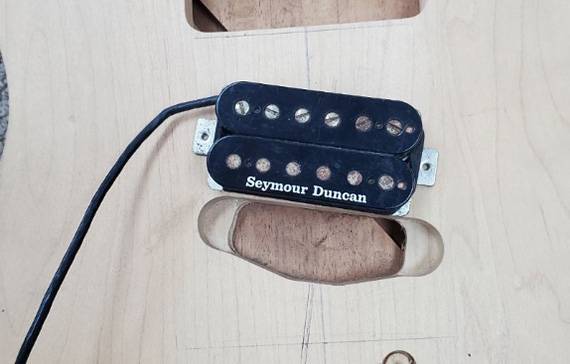
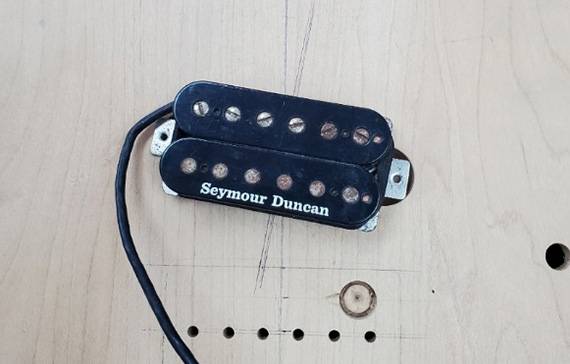
This is an extreme case, but obviously, you can’t install it like this.
For those thinking, “That’s obvious because the shape is different”, how about this one?
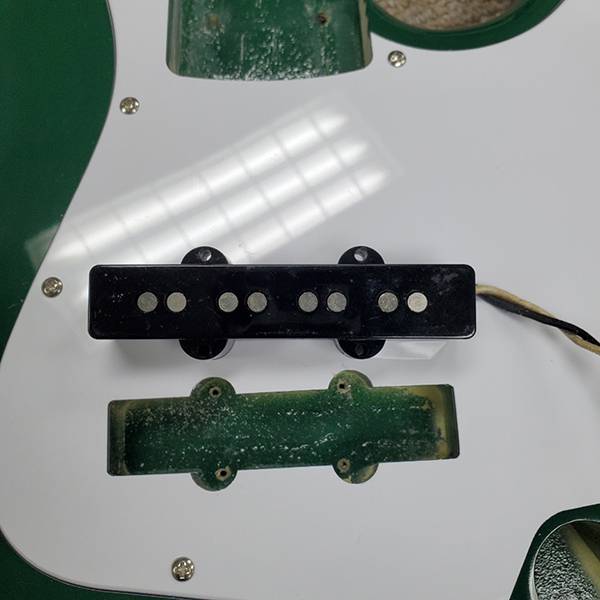
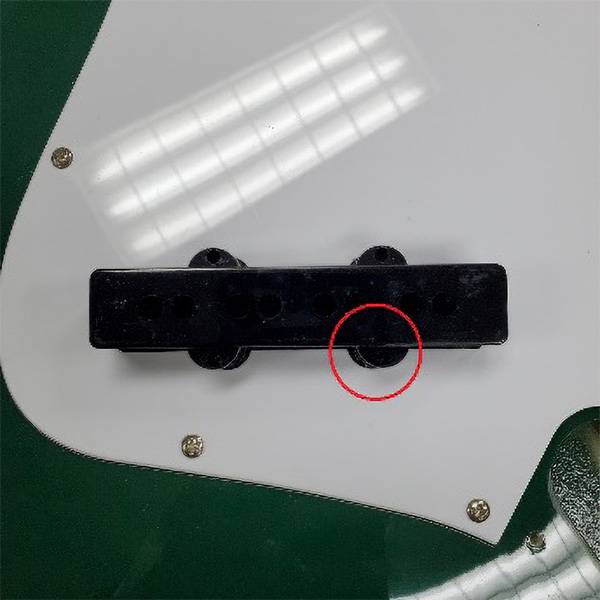
This shows a bridge pickup placed in the neck position of a Jazz Bass, and the dimensions are slightly different, so it can’t be installed.
Even if pickups have the same shape, the dimensions can vary for different positions.
In this case, as long as you buy the pickup for the right position, there won’t be an issue. However, cheaper guitars and basses often use the same pickup for both neck and bridge positions to cut costs, and the pickup cavities are the same size.
This can be problematic because even if you buy the correct pickup, the cavity might be too small to install it.
Therefore, it’s important to measure both the pickup and your guitar or bass’s cavity dimensions before purchasing.
You can measure with a ruler, but using calipers will give you more accurate measurements.
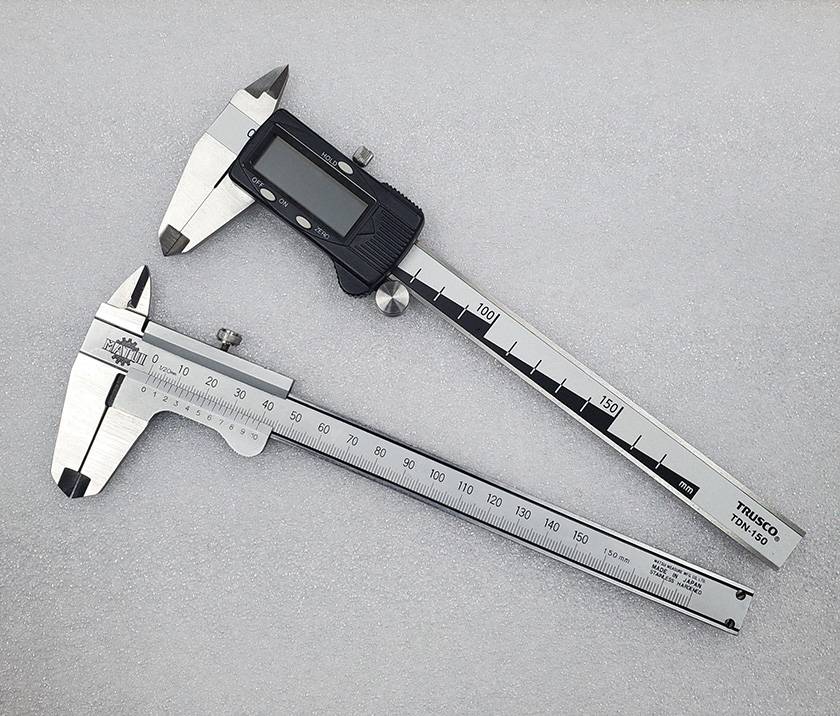
Next, take a look at this photo:

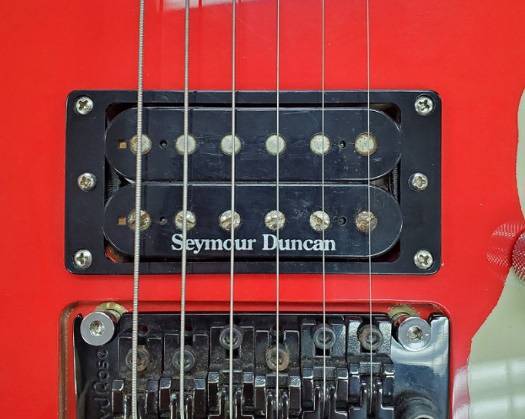
Something looks weird, right?
In the picture on the left, the pickup’s string spacing doesn’t match the pole piece spacing.
Different bridges on guitars and basses have different string spacings, so it’s crucial to check that the pickup’s pole piece spacing matches your bridge’s string spacing before purchasing.
Even seemingly similar bridges can have different spacings when measured. For instance (1st & 2nd string spacing):
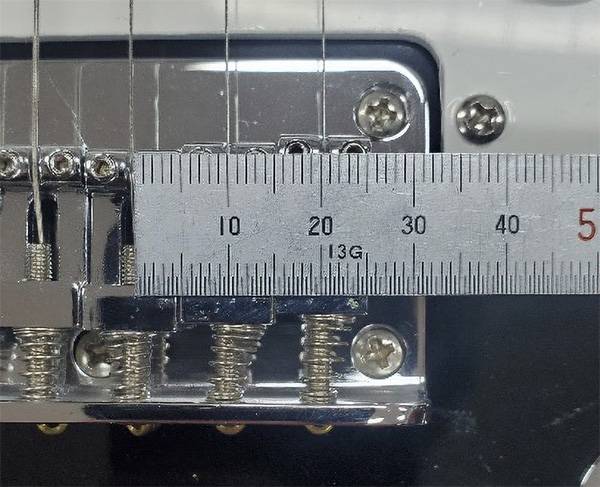
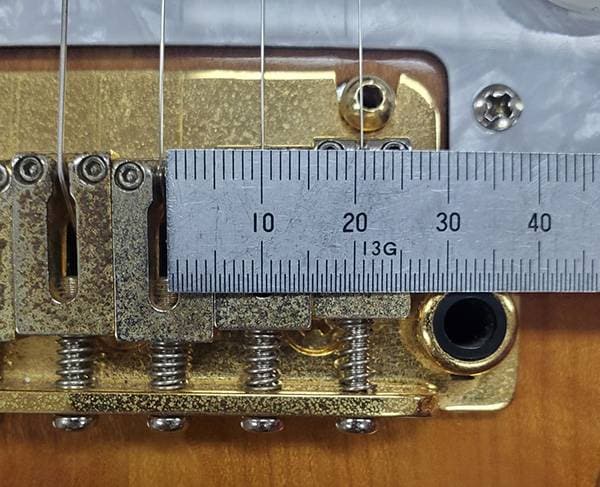
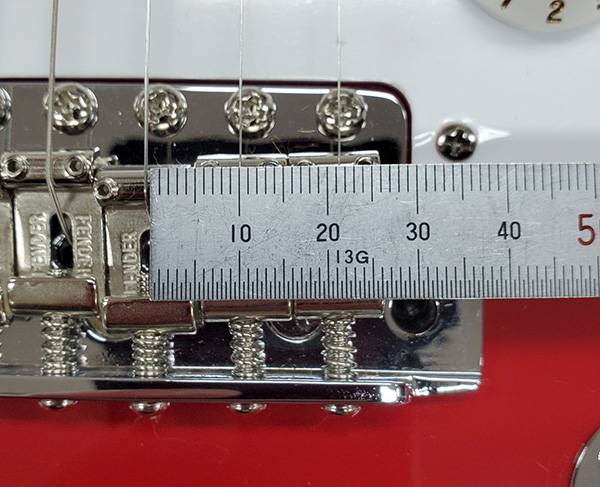
ompletely different, right?
String spacing is very important when buying a new guitar, so if you haven’t checked yours before, it’s a good idea to measure it now.
Next, let’s talk about the differences in pickup mounting methods.
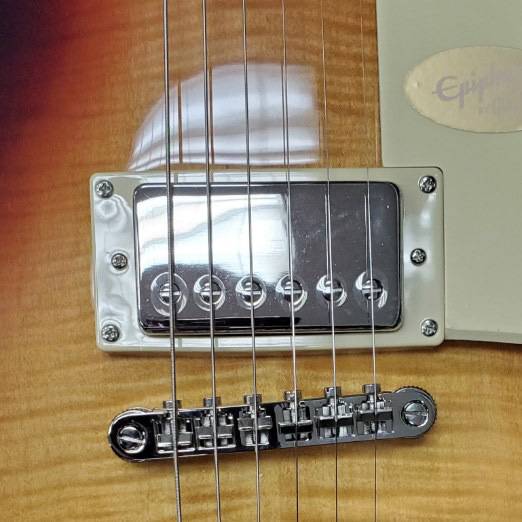
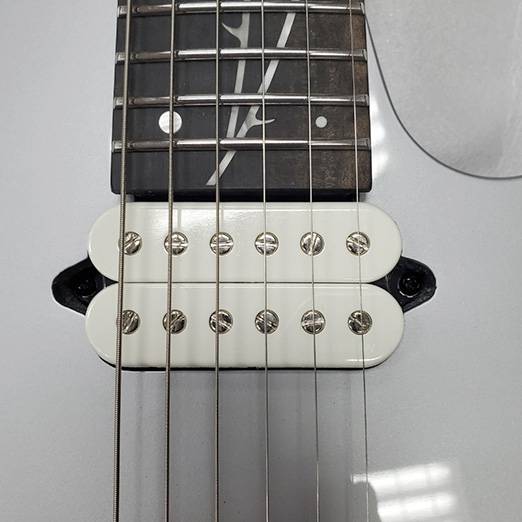
The picture on the left shows an escutcheon mount, while the right shows a direct mount.
What’s the issue with different mounting methods? It’s the diameter of the mounting holes on the pickup and the position of the mounting holes inside the cavity.
Generally, the mounting holes on guitar pickups are drilled based on the screws used for escutcheon mounts.
Escutcheon and direct mounts use different screws.
It depends on the manufacturers, but with direct mounts typically requires larger diameter screws than with escutcheon mounts.
This means that you’ll need to enlarge the mounting holes in order to directly mount the new guitar pickup.
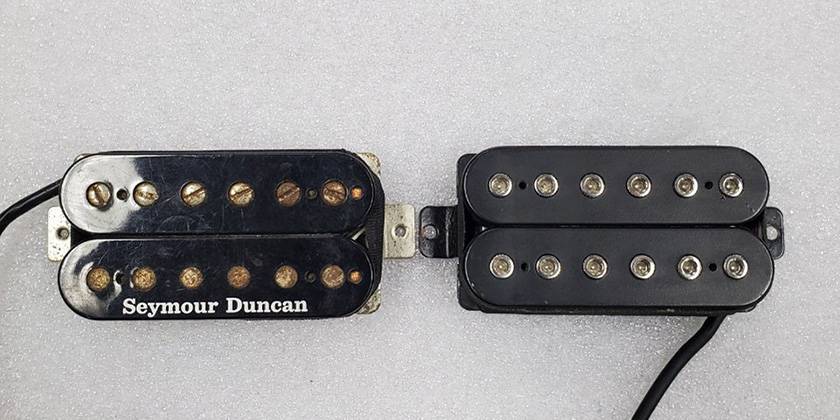
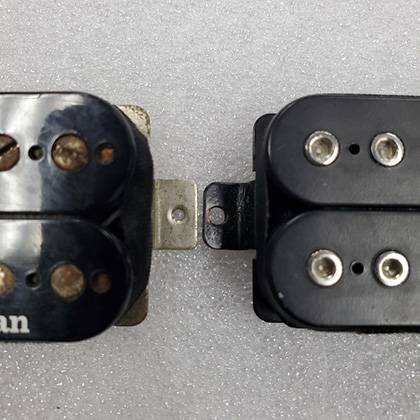
What this means is that once you modify a pickup for a direct mount, you can’t use it for an escutcheon mount.
For instance, you have Guitar A (direct mount) and Guitar B (escutcheon mount), and you like A for playability of the guitar but you prefer the sound of the pickup on B. You can change the pickup on A to the pickup that was on B , but you can’t do vice versa. This modification only leaves a hole on Guitar B and the pickup that was taken out of Guitar A ends up being unusable.
The next one is important!
If you discover a defect in a pickup after modifying it for a direct mount, most manufacturers and retailers won’t accept returns.
Enlarging the mounting holes is often considered a modification, not a defect.
So, please understand that direct mounting carries more risk than escutcheon mounting.
Finally, let’s talk about the mounting hole positions inside the cavity.
This issue is common with bass pickups, as basses rarely use escutcheon mounts and mostly use direct mounts with pre-drilled cavity holes.
However, even similarly shaped bass pickups can have different mounting hole positions or numbers, or recommended screw sizes and lengths.
These two products look similar but have different numbers of screw holes: 2 for EMG and 3 for Delano.
If you measure the cavity and pickup, and think it’s okay, you might still need to drill new holes if the positions or numbers don’t match. Even if they match, if the recommended screw sizes or lengths differ, you may need to fill the original holes and re-drill them.
Therefore, when considering bass pickup replacement, thoroughly check these aspects.
Finally, here is a summary of this edition.
- Thoroughly check the dimensions of the pickup you plan to purchase.
- Carefully measure the dimensions of the pickup cavity.
- Check the string spacing of your guitar or bass bridge.
- Understand the differences in pickup mounting methods.
How was it?
This time, I only talked about quite basic information on pickup replacement, so it might have been a bit too elementary for those already familiar with pickup replacement.
However, I plan to delve deeper into the topic gradually to help you make better purchasing decisions.
See you next time on the Sound House Staff Blog.





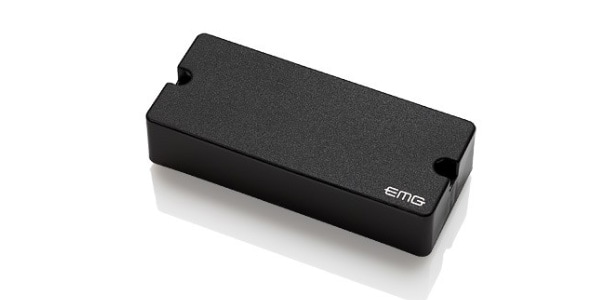
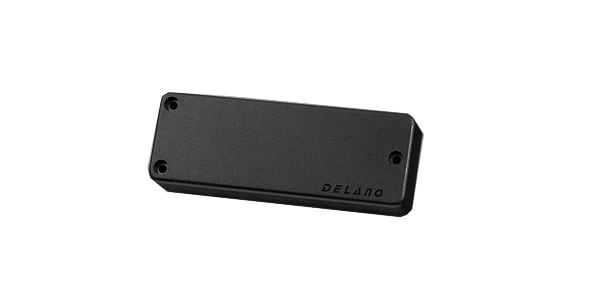



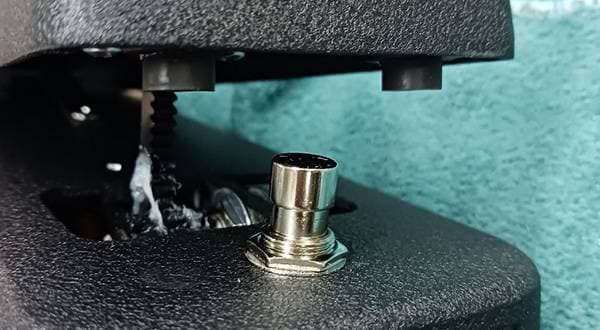
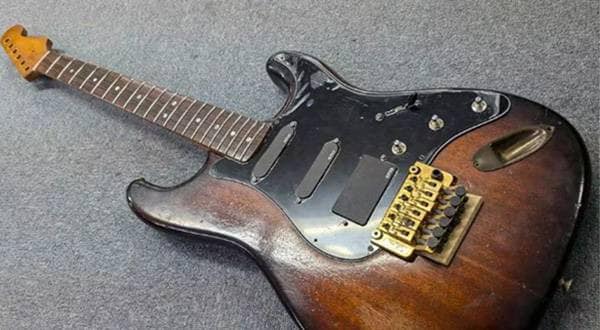
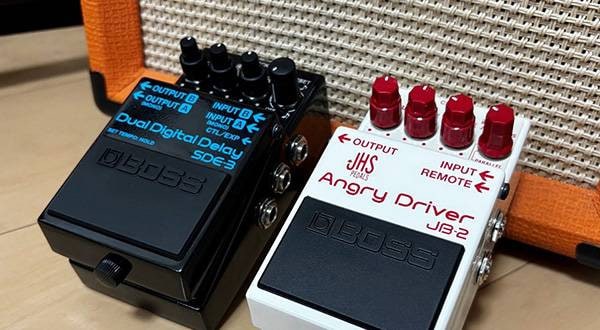
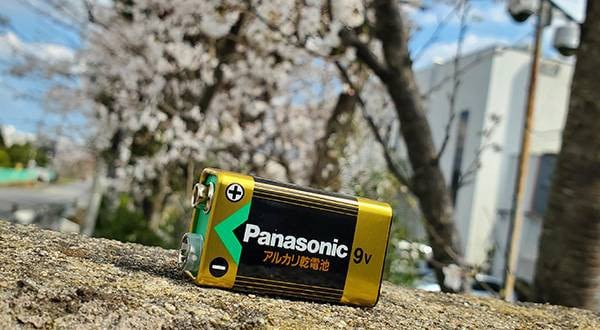
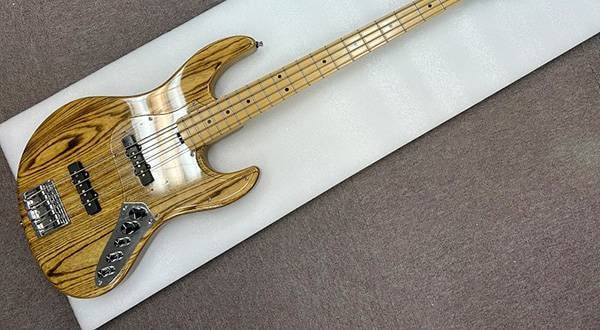



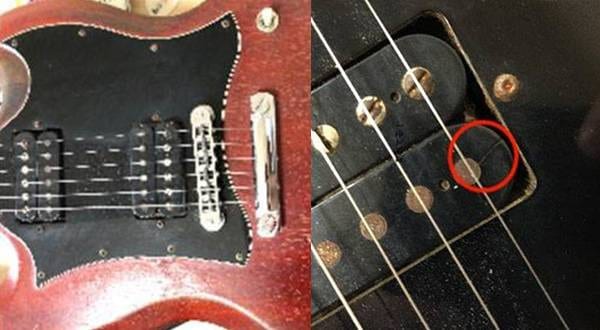
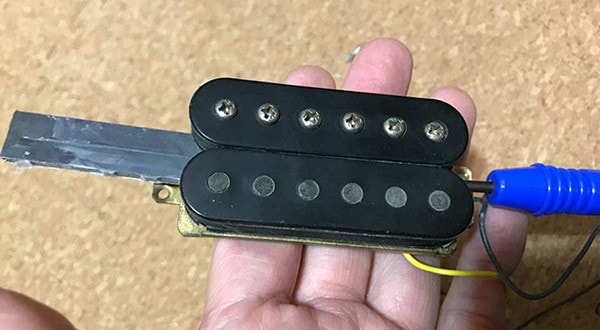
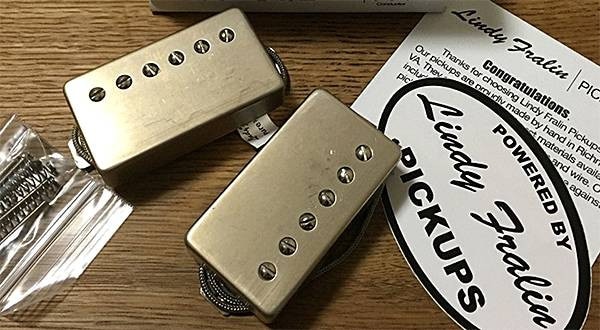
 ピックアップ交換大作戦!
ピックアップ交換大作戦!
 ギターパーツの沼
ギターパーツの沼
 DIY ギターメンテナンス
DIY ギターメンテナンス
 ギター 初心者講座
ギター 初心者講座
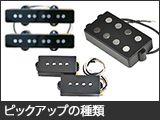 ピックアップの種類
ピックアップの種類
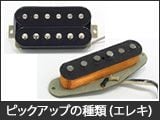 ピックアップの種類(エレキギター)
ピックアップの種類(エレキギター)















